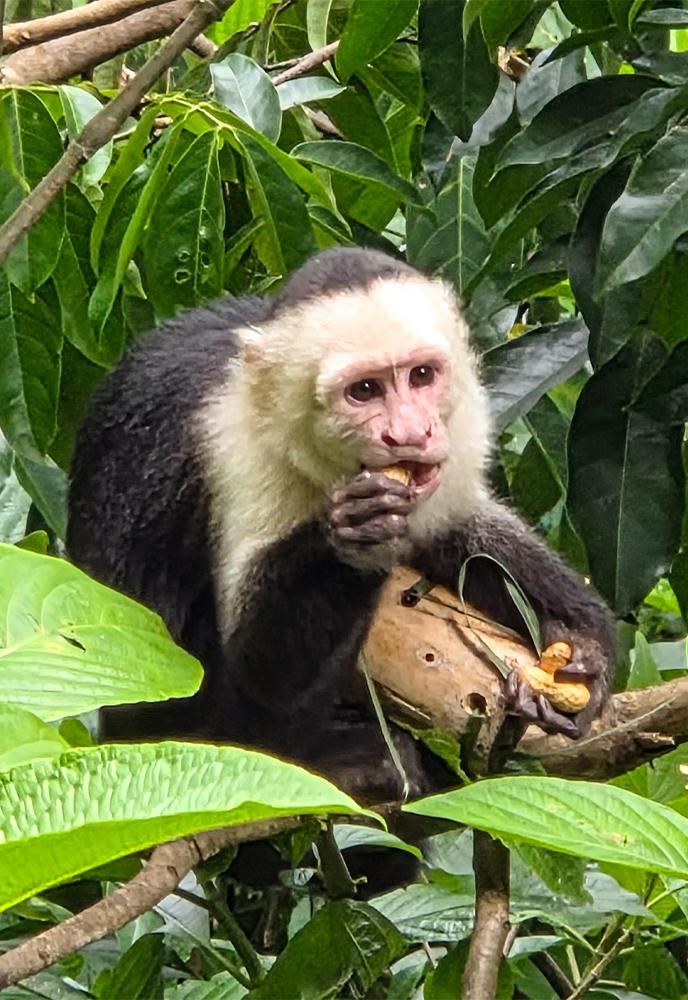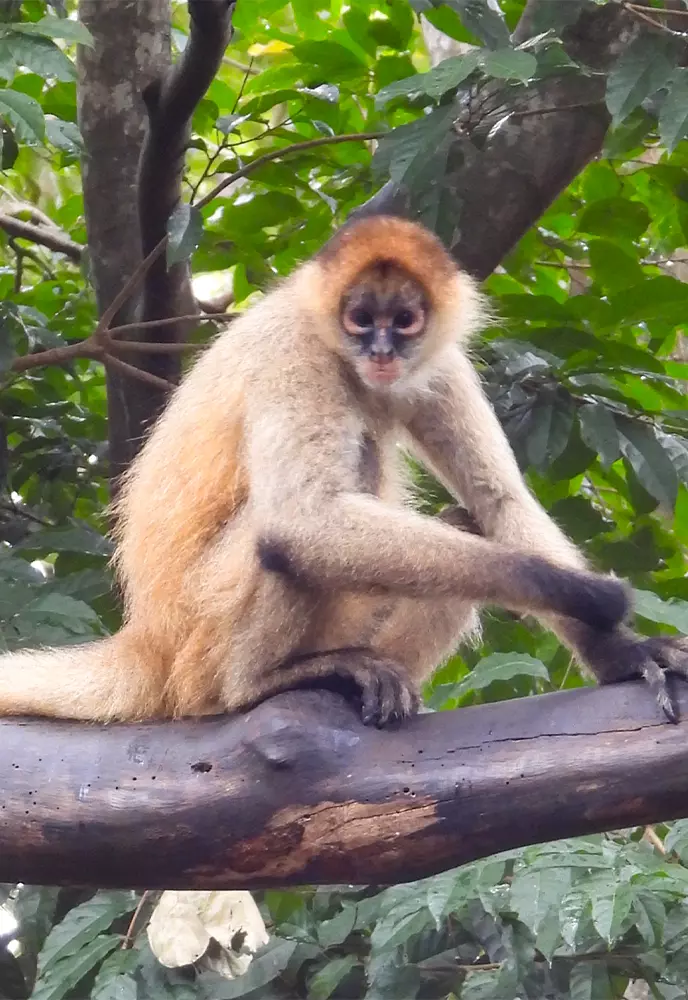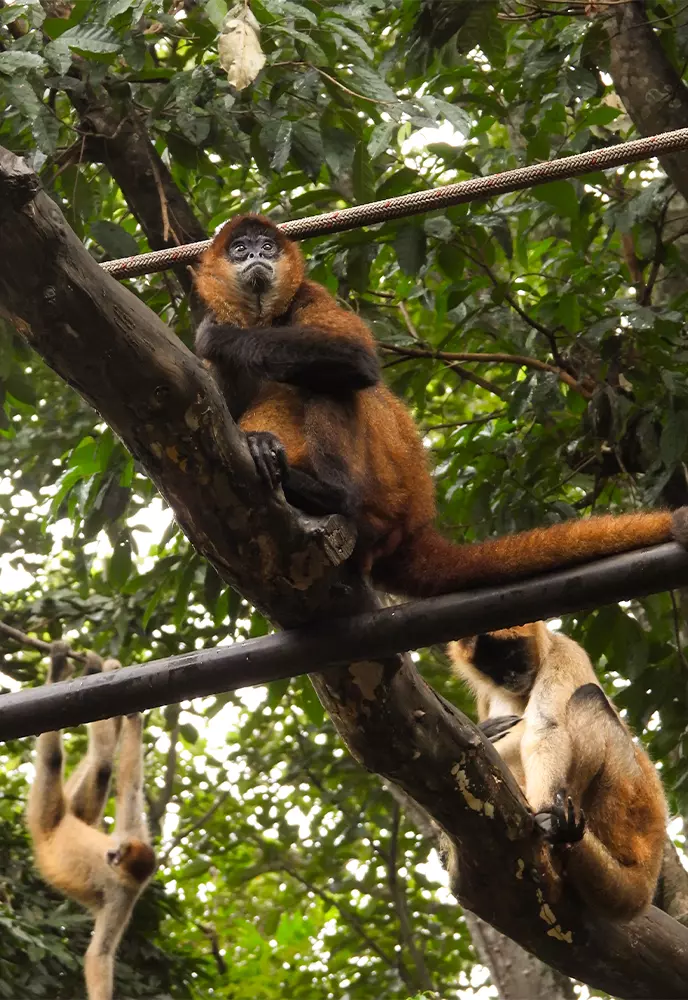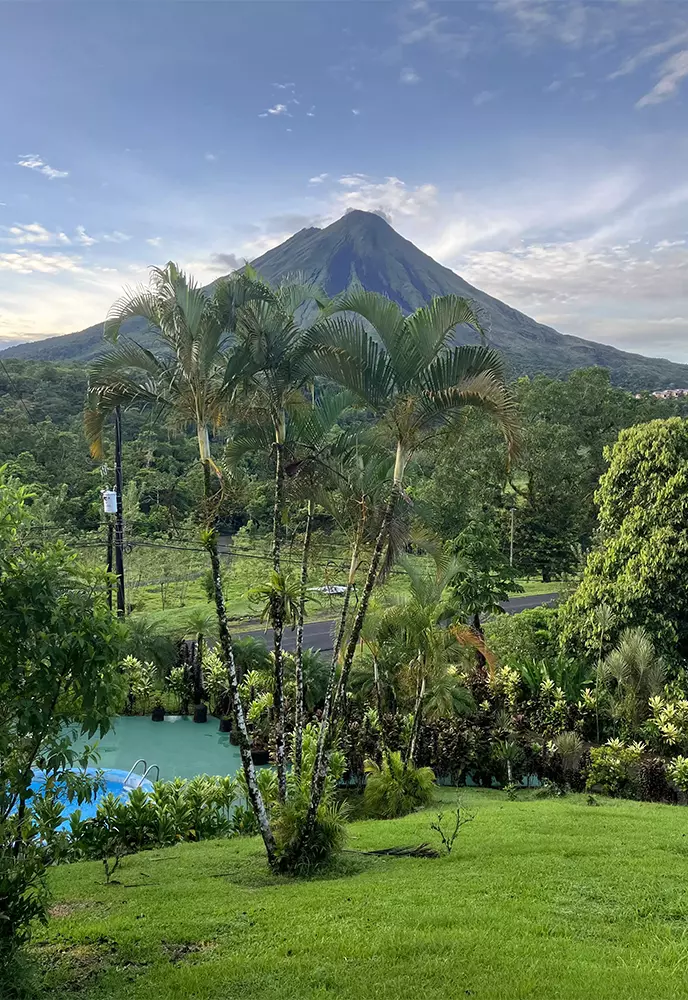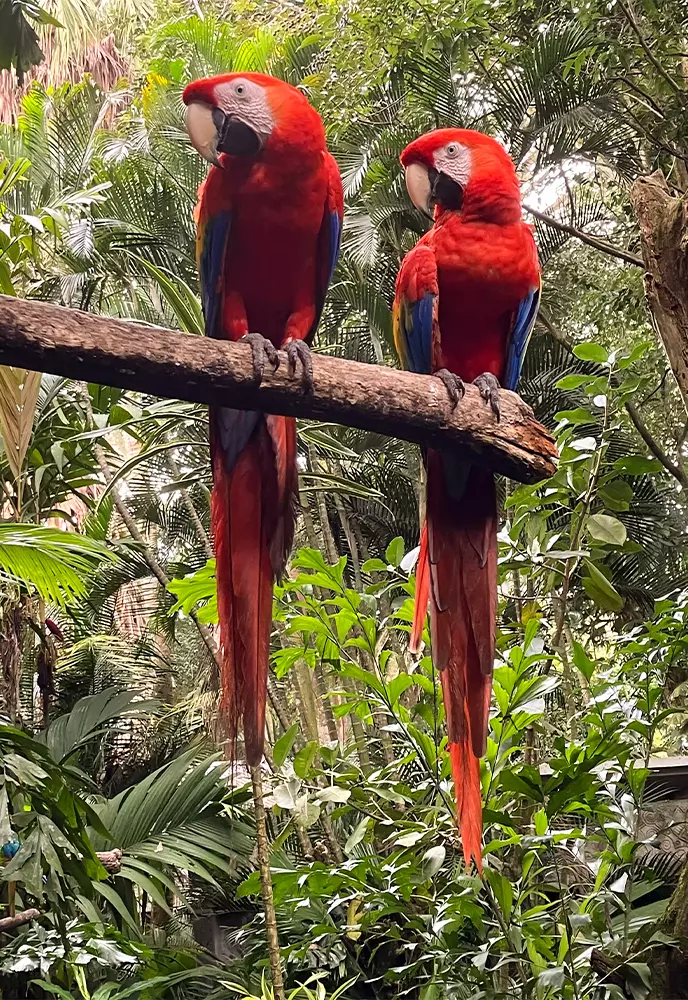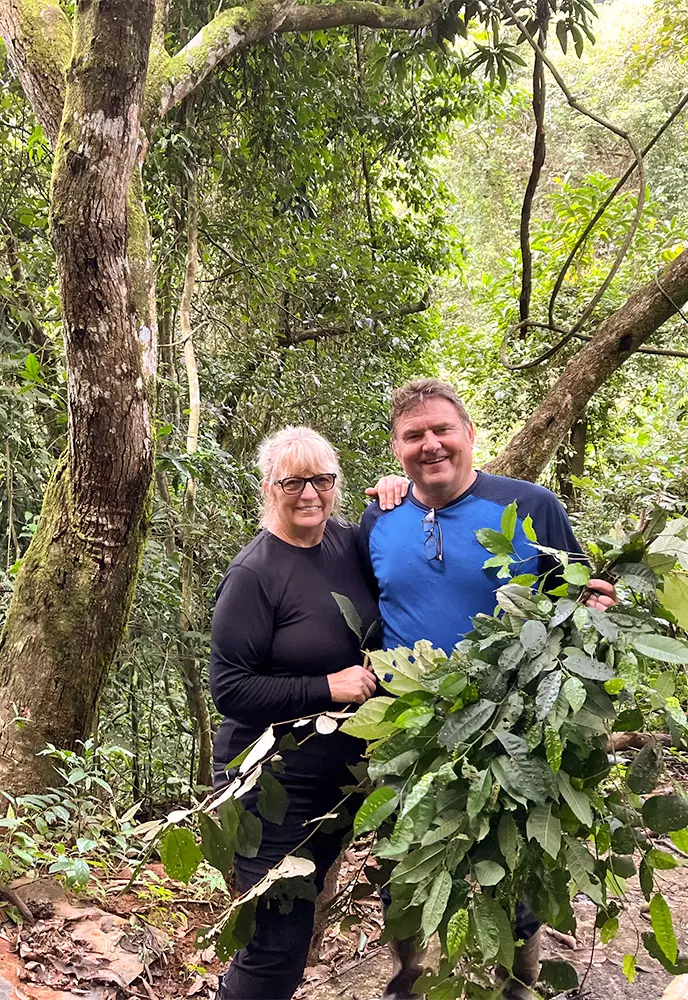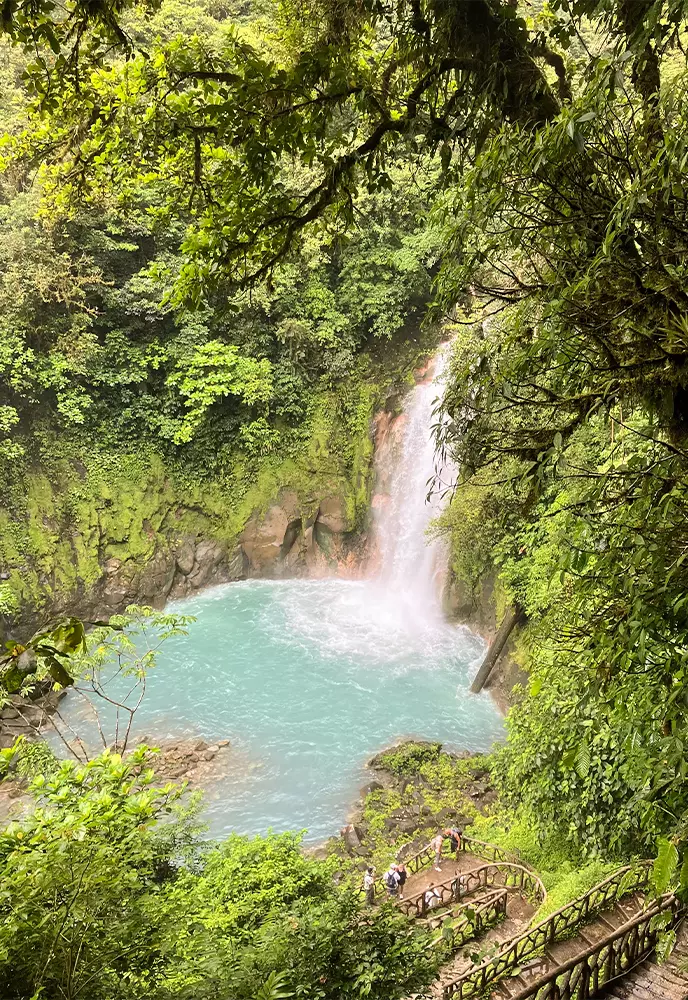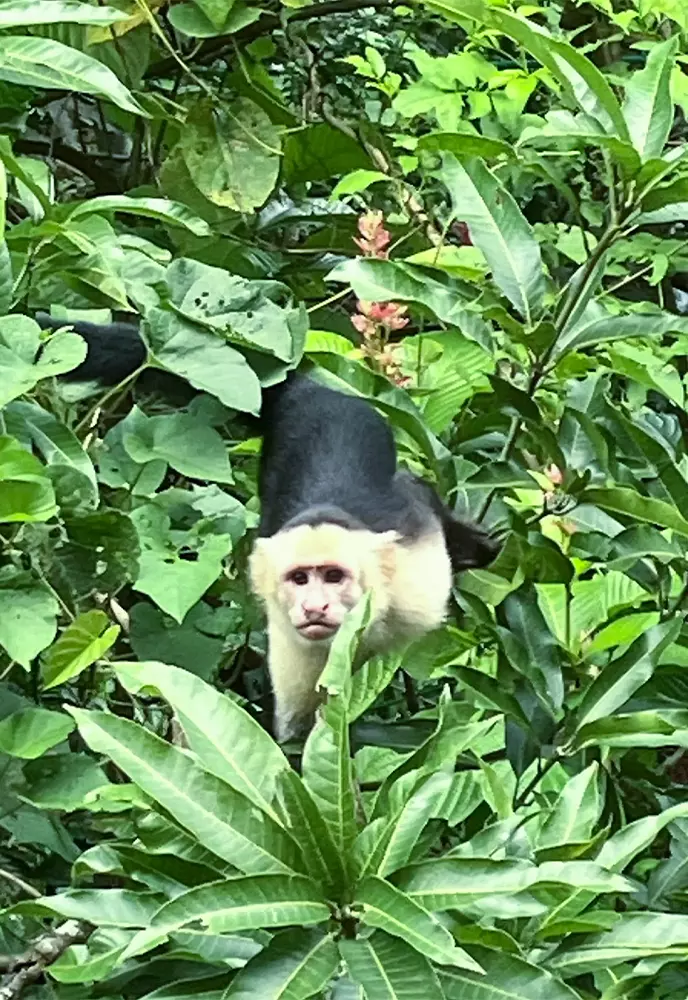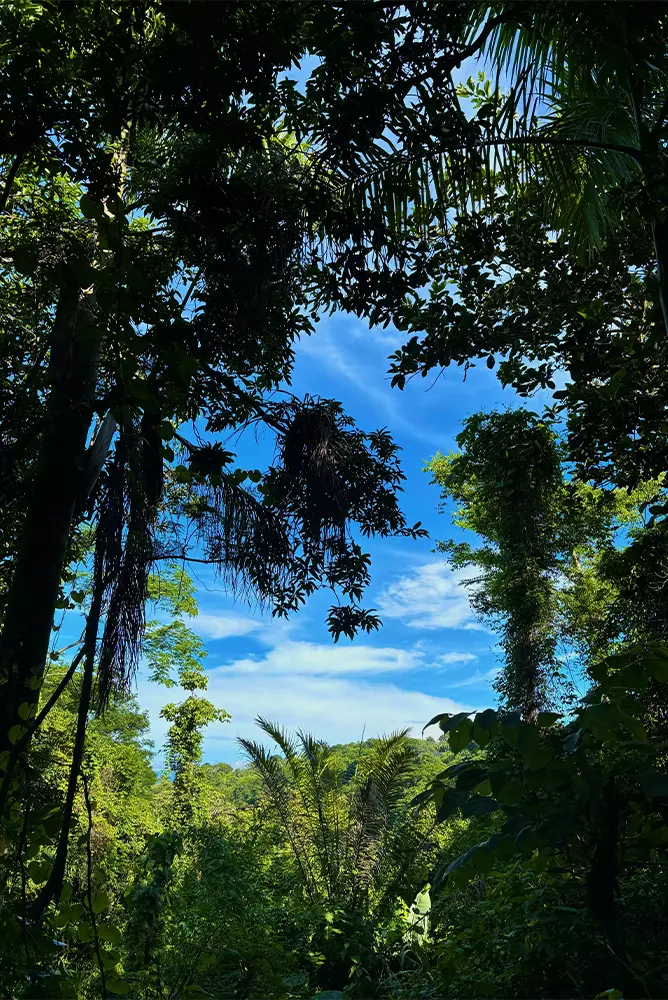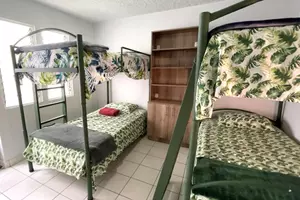

Costa Rica Wildlife Sanctuary
Contribute to conservation efforts in Costa Rica with jungle cats, monkeys, sloths and much more as a volunteer at the Costa Rica Wildlife Sanctuary!
Speak To A Travel Expert
Activities
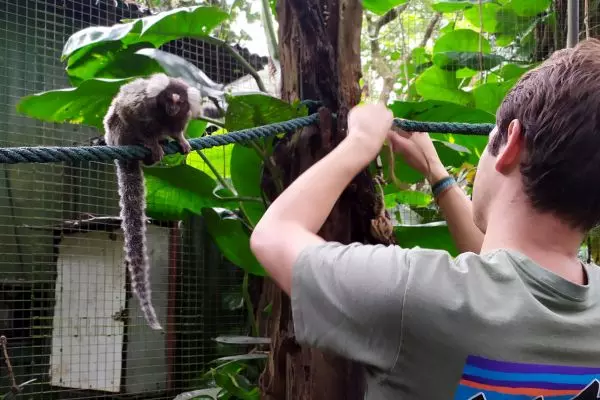


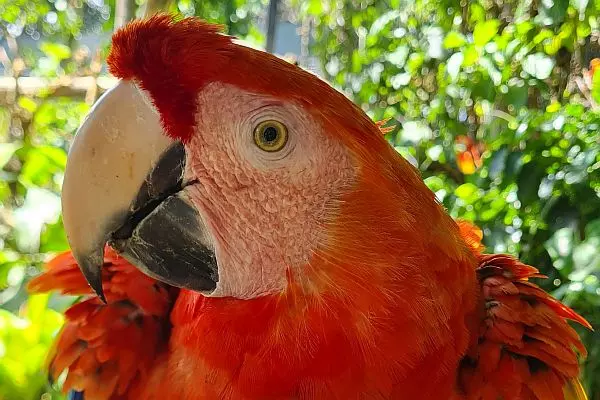
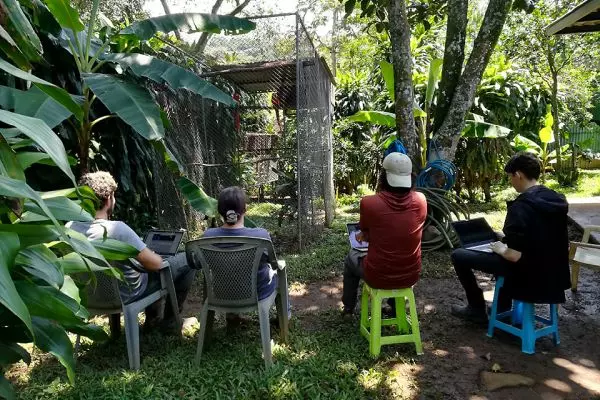
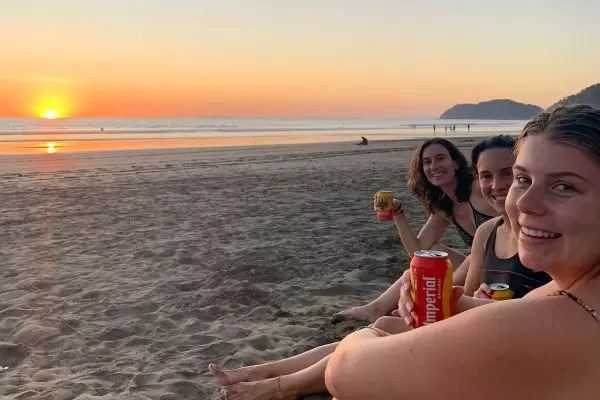
Itinerary
The following is an example itinerary of a 2-week stay starting on a Friday, though longer durations are available. As the project is based at a wildlife sanctuary, itineraries and all volunteer activities are subject to change depending on the needs of the sanctuary and the animals present when you visit.
Durations & Prices
Accommodation
Volunteer Accommodation
As a volunteer, you'll be accommodated in the volunteer house located within the sanctuary. There are three bedrooms with two bunk beds in each. Every room has a private bathroom, a small outside patio area, bedding, bath towels, a net screen, and ample lockable closet space. Wi-Fi is accessible 24/7 in the accommodation, restaurant, outdoor café, rehabilitation centre, and various locations within the Lifetime Care Sanctuary. The volunteer house features a communal area, private swimming pool and cabana – perfect for relaxing after a rewarding day working with the animals.
Meals & Beverages
Three daily meals are provided during your stay: breakfast is self-prepared and includes cereal, eggs, fruit, milk, and hot beverages, while for lunch and dinner, you can easily order from the onsite restaurant, with vegetarian and vegan options available. The menu offers a variety of dishes such as burgers, salads, soups, and fajitas, and if you have specific dietary needs, please inform us when booking to ensure the sanctuary is fully stocked for your visit! Additionally, within the Lifetime Care Sanctuary, there are other dining options (that come at an additional cost), including an à la carte restaurant, ice cream shop, snack shop, and an outdoor café serving ice lollies and amazing Costa Rican coffee!
Project Details
When is the best time to volunteer?
As this project is based at a wildlife sanctuary with new animals arriving regularly via the active rescue centre, there are animals here year-round, meaning there is no best time to volunteer regarding wildlife. The weather, however, can impact some people’s decision, and there are two distinct seasons which are explained in more detail below:
December - April: These months are known as the dry season, which is usually the most popular with tourists due to less rainfall and increased wildlife visibility.
May - November: While considered the rainy season, these months are still warm, and the rain typically falls in the afternoons or evenings. The forests are also at their most full during this period.
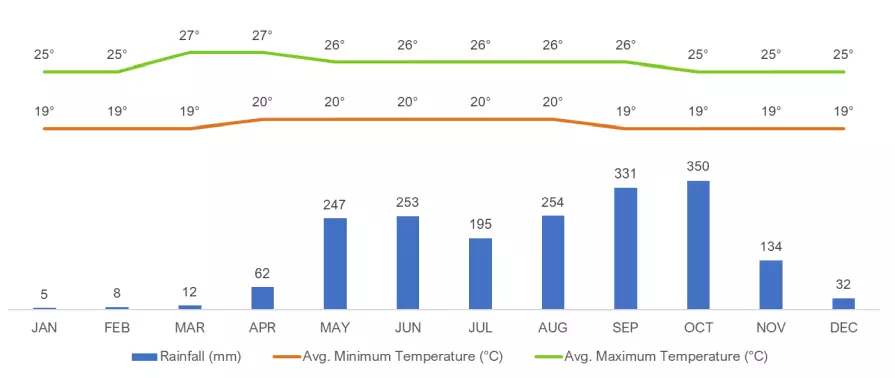
Getting There
You will need to fly into Juan Santamaria International Airport (SJO) on your project start date arriving between 8am - 8pm. You'll be met at the airport by the driver and take a private transfer to the project site, approximately 20 minutes away.
If you will already be in San Jose on your start date, we can arrange for you to be collected from a hotel close to the airport.
Visa Requirements
Most nationalities, including British and American citizens, do not need a visa to enter Costa Rica and will be granted entry for up to 180 days on arrival. You will, however, need to provide evidence of onward travel plans such as a flight ticket or bus ticket exiting the country. As entry requirements can change, we recommend checking with your local embassy regarding visa requirements prior to travel.
Fitness & Skills
You will take part in a range of activities on this project, including construction and maintenance tasks; therefore, a moderate level of fitness is recommended, though no specific skills are required. All we ask is that you arrive with a willingness to get involved and work as a team, have a deep respect for wildlife and that you aren’t afraid to get your hands dirty!
Vaccinations
There are no specific vaccinations required to join this project; therefore, we recommend consulting your GP/doctor or a travel clinic and following their advice on vaccinations for travel. You can also find helpful advice and information on the Travel Health Pro website.
If you are travelling from a country where Yellow Fever is present, proof of a Yellow Fever vaccination is required by the Costa Rican government to enter the country.
Videos
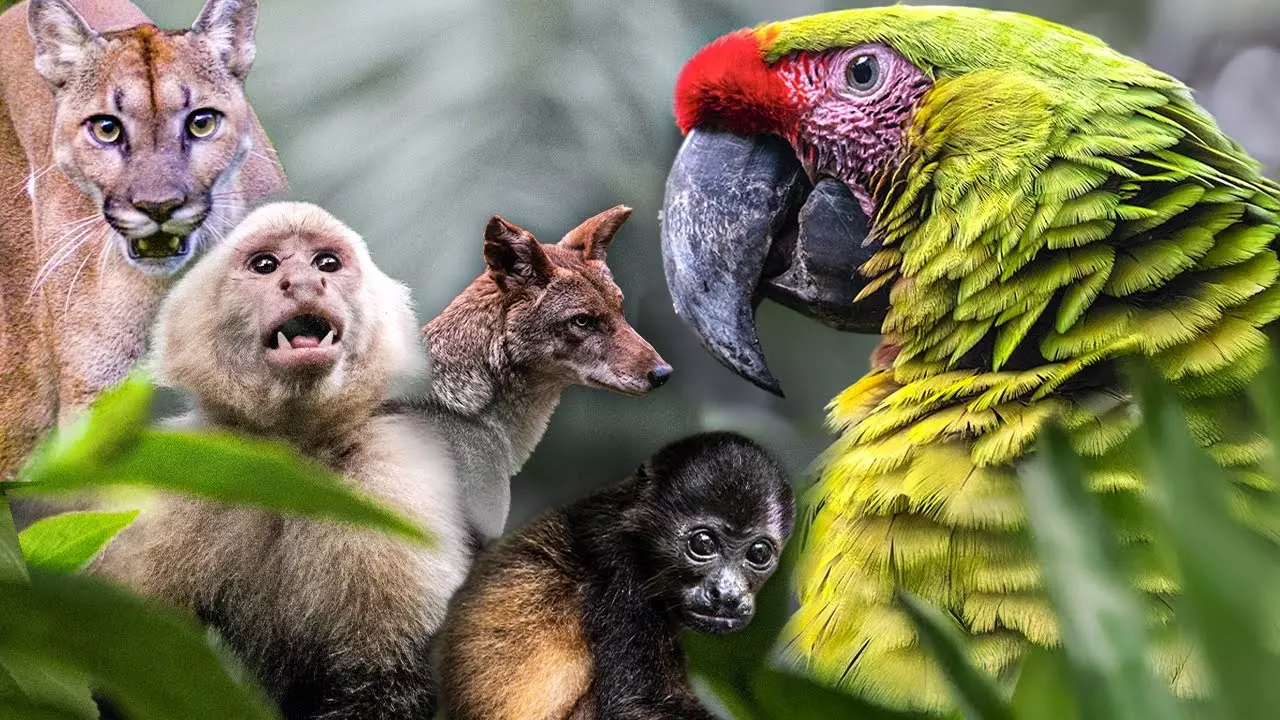
Experience the Costa Rica Wildlife Sanctuary
Find out how you play a hands-on role in wildlife conservation at the Costa Rica Wildlife Sanctuary! Dive into the activities, sanctuary history and experience, and see how you transform the lives of sloths, jaguars, primates, and countless other fascinating species.
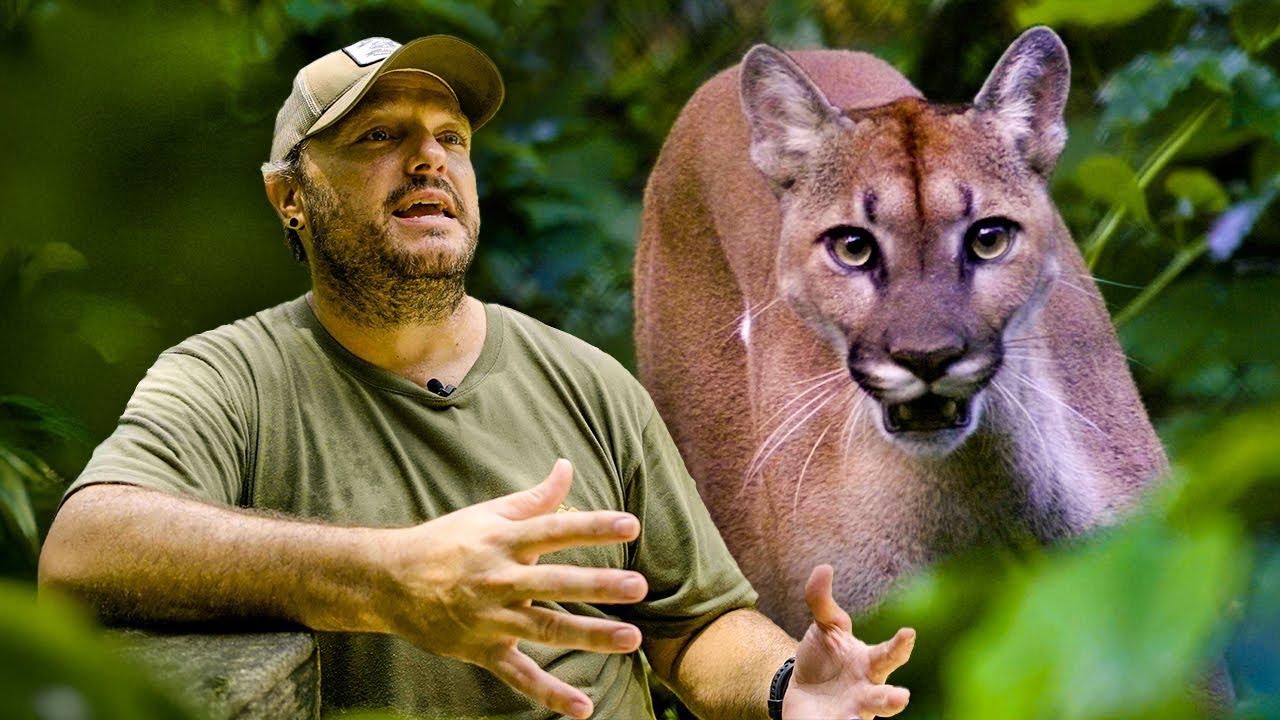
Volunteers Review Their Sanctuary Experience
Join Sedona, Ben, and Sandra as they recant their extraordinary tales of their time at the sanctuary! From their favourite moments, educational highlights and top tips, gain a deeper understanding of the project in this review video.
Gallery
Reviews
Working at Costa Rica Wildlife Sanctuary went beyond what I expected, the managers involved everyone in the experience from the start. The managers had you up close and personal with the animals, providing enrichments and assisting with training, whilst providing background information to fully appreciate the experience. It was a lot of work, but I loved every minute of it ♥
We were impressed. From the moment we arrived at the sanctuary everyone was so welcoming. The accommodation was far better than expected. Two sets of bunk beds with an en-suite in each room. Luckily we didn’t have to share which was a bonus. Food for breakfast was provided in the shared kitchen. Lunch and tea were selected from a menu from the cafeteria. Plenty of choice for vegans and vegetarians as well. There is even a small swimming pool. Which the volunteers have access to. The work schedule for volunteers was interesting and varied. All of the instructors were so friendly and knowledgeable and passionate about their work. Our work included feeding the various animals, making enrichment puzzles then introducing and monitoring them. We were delighted to hear that over 3,000 animals were released back into their natural environment last year. I would advise that volunteers take a decent pair of wellies as access to some of the enclosures can get really muddy. You are given two days off each week, so we made the most of it and went and explored. We visited the most amazing waterfalls, national parks and volcanoes, we saw some wonderful wildlife. We were sad... We were impressed. From the moment we arrived at the sanctuary everyone was so welcoming. The accommodation was far better than expected. Two sets of bunk beds with an en-suite in each room. Luckily we didn’t have to share which was a bonus. Food for breakfast was provided in the shared kitchen. Lunch and tea were selected from a menu from the cafeteria. Plenty of choice for vegans and vegetarians as well. There is even a small swimming pool. Which the volunteers have access to. The work schedule for volunteers was interesting and varied. All of the instructors were so friendly and knowledgeable and passionate about their work. Our work included feeding the various animals, making enrichment puzzles then introducing and monitoring them. We were delighted to hear that over 3,000 animals were released back into their natural environment last year. I would advise that volunteers take a decent pair of wellies as access to some of the enclosures can get really muddy. You are given two days off each week, so we made the most of it and went and explored. We visited the most amazing waterfalls, national parks and volcanoes, we saw some wonderful wildlife. We were sad when it was time to leave as we thoroughly enjoyed our adventure. We were a little apprehensive about the trip as we are both 65 years old. We needn’t have worried we were absolutely fine. Although it’s a long journey from the UK.. Costa Rica Wildlife Sanctuary isn’t too far from the airport which is a bonus. We would highly recommend this volunteer experience. (Show More)
Volunteering in Costa Rica is a must. This was an incredible experience in which I learnt so much about myself and the incredible animals I worked with. From the beginning of the trip I was met with amazing airport pickup service by the lovely David and then greeted by the lovely Rossin who settled me in nicely. The facilities at the project are very much up to standard really enjoyed the house share environment, always find it is easier to make friends that way as well. I didn't know what to expect coming into this but I was very happy to find the lovely organisation of the timetable and being able to voice your opinion within the next week so they could cater to your choices. I was also very grateful that I got to work with basically all the animals at the centre so that I was really able to gain as much knowledge about each species as possible in my short time there. Not only this but the incredible people I got to work with, I have never met such lovely welcoming people. The managers go above and beyond in making you feel comfortable. Big shoutout to Rossin,... Volunteering in Costa Rica is a must. This was an incredible experience in which I learnt so much about myself and the incredible animals I worked with. From the beginning of the trip I was met with amazing airport pickup service by the lovely David and then greeted by the lovely Rossin who settled me in nicely. The facilities at the project are very much up to standard really enjoyed the house share environment, always find it is easier to make friends that way as well. I didn't know what to expect coming into this but I was very happy to find the lovely organisation of the timetable and being able to voice your opinion within the next week so they could cater to your choices. I was also very grateful that I got to work with basically all the animals at the centre so that I was really able to gain as much knowledge about each species as possible in my short time there. Not only this but the incredible people I got to work with, I have never met such lovely welcoming people. The managers go above and beyond in making you feel comfortable. Big shoutout to Rossin, Ellie, Ethan, Rachael for making my experience the best it could be with their amazing personalities. It is immediately obvious that they have such a strong passion for helping animals. For anyone who is even the slightest bit interested in animals or shares a deep love for animals I would highly recommend coming here. (Show More)
What's Included
- Accommodation
- Three meals per day
- Airport transfers
- Use of the on-site laundry facilities
- A donation to the project
- Wi-Fi
What's Not Included
- Flights
- Travel insurance
- Visas




























